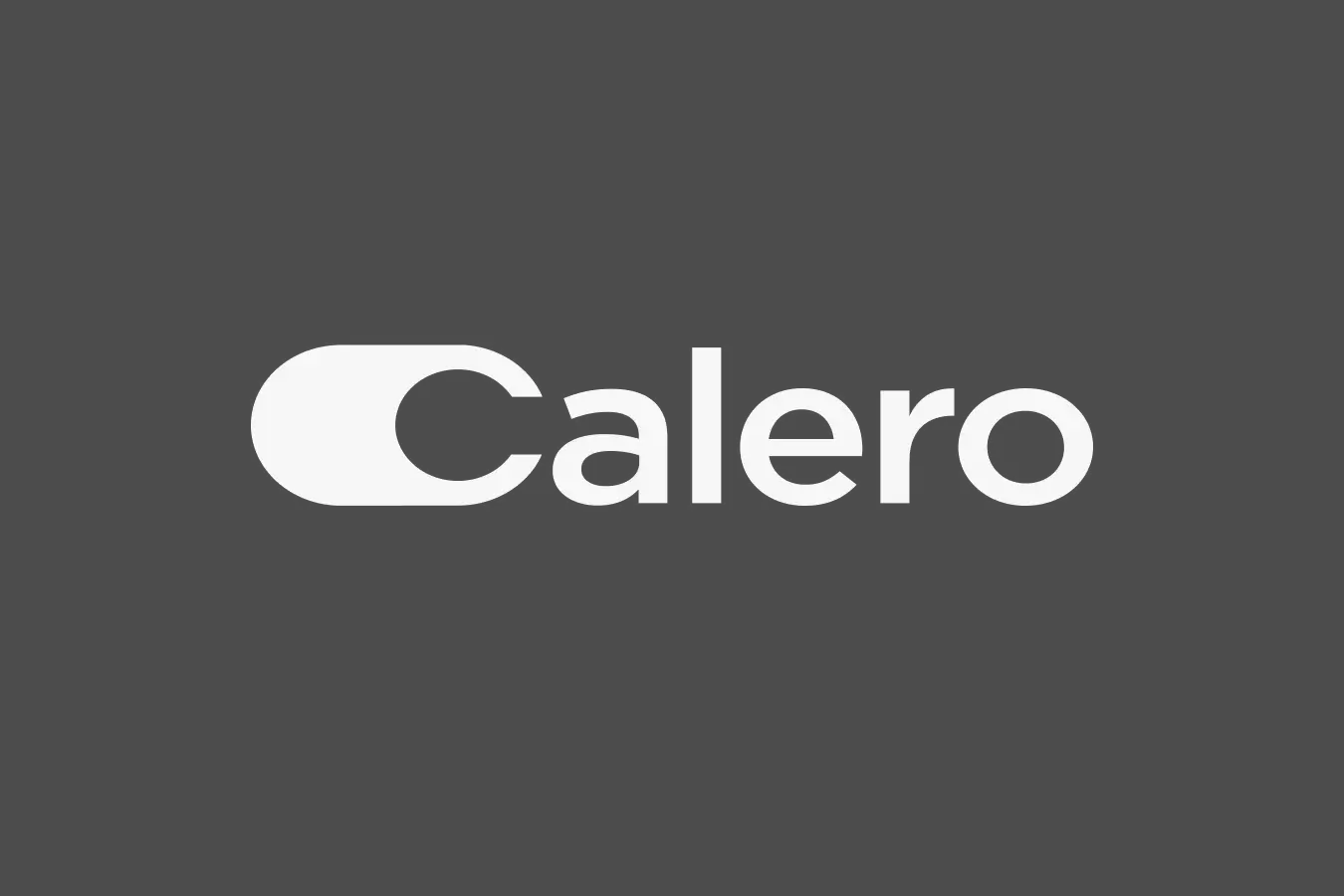Call accounting originally grew from a core set of business needs that included cost validation and fraud detection. Enterprises often utilized call activity information to incentivize lower cost calling behaviors and manage traffic, and certain sectors—financial services and government among them—used call data to meet a range of compliance requirements. Companies also embraced call accounting for more mundane uses, such as cost center chargebacks based on consumption.
But digital transformation changed the call accounting landscape, and organizations now have different needs, different drivers and an entirely new set of metrics to help them accomplish their goals.
How Cloud Telephony Re-Created the Need for Call Detail Recordings (CDRs)
Businesses are increasingly shifting away from traditional calling platforms, such as time division multiplexing (TDM) switches and IP systems from Cisco, Avaya and others, to cloud solutions. The transition has followed two primary paths.
- Direct routing via session border controller (SBC) with SIP trunk connectivity to the carrier of choice. This approach provides the call transport, CDR and cost directly to the customer. It most closely resembles traditional call accounting arrangements—but routed via the UCaaS providers—and offers the single user experience of initiating a voice call from a UC app. CDR data is usually provided as a flat or other file type from the carrier, and may include data from the UCaaS vendor on user call information from the point of call origination to the point the call is handed off to the carrier.
- Using the native call plans offered by UCaaS providers. The second strategy is based on subscriptions to pre-negotiated plans the UCaaS provider has with various carriers to provide calling capability. Here the UCaaS solutions vendor may supply the CDRs (usually via API) without the complexity of managing SBC connectivity, which they provide on their backend as part of their service delivery.
What’s Different About UCaaS Call Accounting Versus Traditional Call Accounting?
The greatest value of unified communications (UC) is the ability to allow communications and collaboration between users—both within and outside the organization—through platforms such as IM, video conferencing and content collaboration in addition to voice calling, all through a single user interface. But CDR data in a UC environment must include visibility around user activity for these other channels along with traditional voice calls, and enterprises now need to see, manage, allocate and optimize usage, subscriptions and licenses—not just voice calls—and they need to do it down to the user level.
Businesses trying to manage UCaaS spend face an array of challenges, including:
Voice Calling
- In cloud telephony environments with fixed subscription limits, call overage costs can exceed hundreds or even thousands of dollars each month. Many providers now offer enterprise level agreements (ELAs), but businesses lack the detailed data to know whether their ELA is optimal based on their usage patterns, needs and requirements. UCaaS vendors rarely provide the granular data needed to understand plan usage, and most providers only retain data for 12 calendar months. Detailed historical information necessary to identify trends, develop forecasts and uncover overage drivers isn’t made available.
- Voice calling costs are typically wrapped into each subscription that includes a defined calling plan, with a rate table for different call categories (domestic, international, toll free inbound etc.) as well as additional charges for non-contracted costs, such as calls to countries outside the plan and usage that exceeds the plan’s allowances. Visibility and an understanding of these potential cost overage drivers requires access to CDR data and associated costs, which isn’t available through any native vendor portal.
Collaboration Usage
- A new layer of complexity for CDR—and now an integral part of call accounting—is leveraging detailed usage and cost data for collaborative services such as IM and video conferencing. Like voice calling, visibility to user level activity and cost provides the insight to understand which communication channels each user accesses and which they don’t. For example, if a heavy IM user only made three calls in the last quarter, the business might forego a calling plan for that individual. Similar strategies can be applied to users who host only one video conference a year but who have substantial monthly call volumes. Without visibility around usage details, it’s impossible to understand and optimize consumption and cost at a per-user level. Unfortunately, native management tools don’t deliver the right level of detail through their portals.
- Enterprises need to correlate data from multiple sources and associate it with users. This requires sophisticated automation capabilities to not only process the large amounts of data (potentially millions of CDR records per month, week or even day), but also to rationalize and recognize patterns to drive optimization opportunities, as well as proactively manage consumption based on triggers related to capacity alerts and other metrics.
Solving These New Call Accounting Challenges
To gain the right visibility and analytics capabilities, enterprises should look for a call accounting solution designed for today’s UC-driven environments.
✅ First, carefully consider any platform that supports UCaaS to ensure the provider has the capability, knowledge and tools to encompass the complex elements needed to manage CDR usage. Many providers offer a piece of these services, so understanding what questions to ask will better arm you to know what’s really under the hood.
✅ Remember that a UCaaS management system capable of ingesting all the disparate feeds, analyzing volumes of data elements, and then providing practical recommendations based on intelligent automation, is key to helping organizations make sense of their entire UCaaS environment.
✅ Finally, be diligent about including the correct enterprise stakeholders in discussions with any potential provider. This ensures the process is conducted with a full understanding of the complexities of UCaaS and SaaS.



